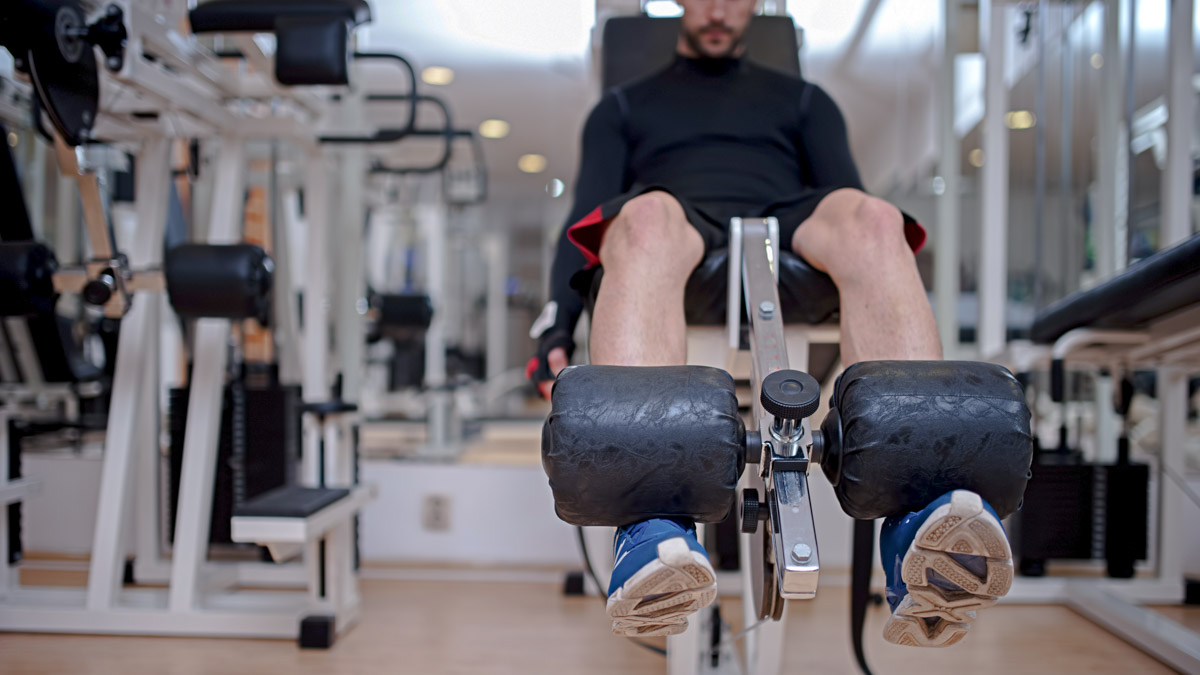Low-cadence intervals: some swear by them while others say they’re a waste of time. They’re designed to build strength on the bike, but, realistically, this remains in question. Strength is defined as one’s ability to produce force, and even at extremely low cadences, the forces produced while cycling are far less than what can be achieved in the gym with heavy resistance training. I’m not here to discuss the “strength” aspect of low-cadence training, but rather to talk about how low cadence training can improve your fitness by another mechanism.
Understanding Cycling Cadence and Power
The body’s natural tendency while cycling is to select whatever cadence requires the least amount of muscle activation to maintain a given power. The fewer muscles you need to activate, the fewer muscles you will fatigue. This preferred cadence range is different for everyone and it changes depending on how hard you are riding.
As power increases, the preferred cadence range increases as well. For example, at 200 watts a rider’s preferred cadence that will require the least amount of muscle activation might be around 80 rpm. If the same rider does an interval at 400 w, their preferred cadence might increase to 95 rpm. This pattern holds true for almost every rider regardless of what their preferred cadence ranges are. You most likely ride at a higher cadence during a 4-minute, all-out effort than you would at endurance pace.
The higher the power you are riding at, the greater change in muscle activation there is across cadences. Riding at 60 rpm versus 80 rpm at 150 w does not change muscle activation patterns very much. However, riding at 350 w at 60 rpm requires much more muscle activation than at a preferred higher cadence of greater than 80 rpm. You can probably ride at 60 rpm at an easy endurance pace pretty comfortably, but if you are doing a VO2-max interval, riding at a lower-than-normal cadence will cause a lot more fatigue in your legs.
How to Utilize Low-Cadence Intervals in Cycling Training
For racing, we of course want to ride at whatever cadence is going to be the least fatiguing for our muscles. However, during training, you can get additional gains by mixing up the cadence.
One principle of training is that only the tissues that you train will adapt (e.g., riding your bike all day won’t give you big biceps!). The signaling pathway that causes improvements in aerobic fitness is activated due to contractile activity in the muscle, and only the muscles that are repeatedly contracted will adapt to the training. If you constantly train at your preferred cadence (i.e., the cadence that requires the least amount of muscle activation), then a lot of the muscle fibers in your legs are missing out on the action!
This is where low-cadence training comes in. If you ride at a moderate-to-hard pace (Zone 3/Zone 4) at a lower-than-normal cadence, this will require much more muscle activation than doing the interval at your preferred cadence. As a result, a higher number of muscle fibers in your legs will adapt to the stimulus and become more fatigue-resistant.
Low-Cadence Training Can Improve Your Top-End Power
When riding at a high intensity (regardless of cadence), you will need to recruit more muscle fibers in order to sustain the power. Moderate-intensity low-cadence training can improve your top-end power because the extra muscle fibers that you trained will have a better capacity to handle higher power when you are doing maximal efforts at your preferred cadence.
Low-cadence training can also be a good complement to strength training in the gym. By taking all the muscle fibers you are training in the gym and recruiting them on the bike via low-cadence training, you can better ensure that the hard work in the gym is helping to pedal the bike faster.
When to Use Low-Cadence Intervals
Of course, low cadence training is not for everyone. If you naturally grind a low cadence, you will find more benefit from training at higher cadences that you can use at high speeds in a race.
These sorts of workouts should be used primarily in the off-season during base training. Instead of solely doing tempo workouts at your preferred cadence, you can do them at a low cadence (~50-70rpm) to get more bang-for-your-buck. You will simultaneously build your aerobic base and improve fatigue resistance in a greater number of muscle fibers. Essentially, you are training your legs as you would with a high-intensity interval, but it is not as taxing on the cardiovascular system.
After base season, when you begin to incorporate higher intensity workouts, your muscles will be ready to handle it. This means that the top end will come on much faster during the build phase and you may find some new PRs in due time!







